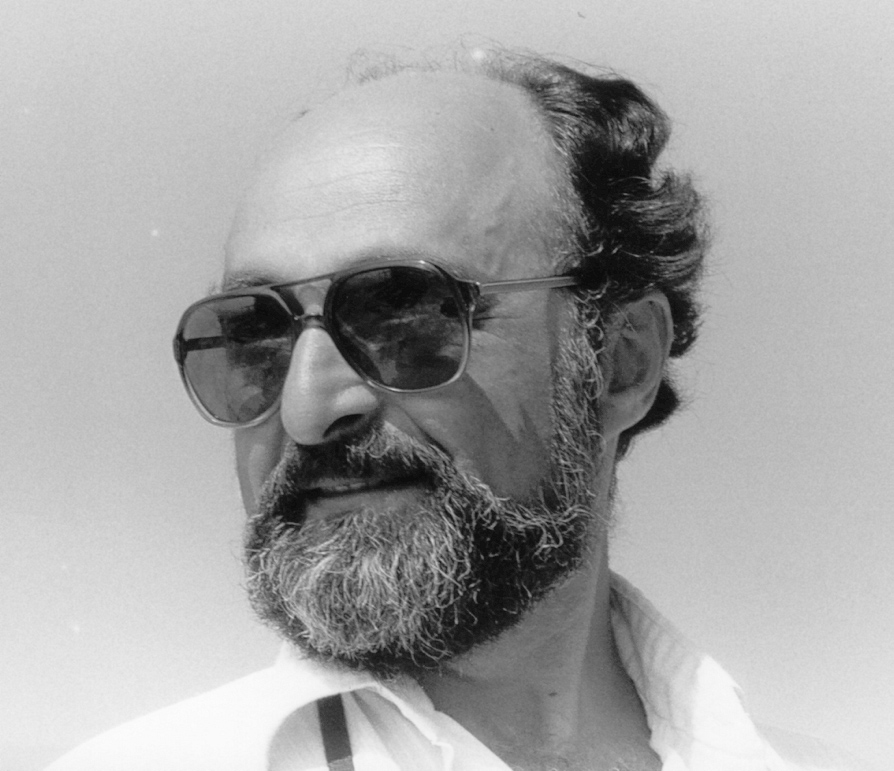| News from Arkansas State University For Release: Oct. 9, 2002 |
 |
| News from Arkansas State University For Release: Oct. 9, 2002 |
 |
|
University Communications Office Jonesboro, Arkansas Staff: Tom Moore Straley Snipes Sherdonna Bragg 870-972-3056 fax 870-972-3069 Send mail: ASUnews@astate.edu Links: List of News/Announcements Upcoming Public Events About ASU ASU Home Page |
Lecture~Concert
Series, Department of History to present archaeologist Dr. Symeonoglou Downloadable Image Dr. Sarantis Symeonoglou, professor of art history and archeology at  Washington University, will present "Odysseus at Home" as part
of the Lecture~Concert Series on Thursday, Oct. 17, at 7:30 p.m. in the
drama theater in Fowler Center, 201 Olympic Drive. This will be a joint
presentation with the Department of History.
Washington University, will present "Odysseus at Home" as part
of the Lecture~Concert Series on Thursday, Oct. 17, at 7:30 p.m. in the
drama theater in Fowler Center, 201 Olympic Drive. This will be a joint
presentation with the Department of History.Symeonoglou is a prominent scholar of the Greek Bronze Age, specializing in archeology, art and architecture. His scholarly interests also encompass ancient Egypt, Mesopotamia, Rome, Asia Minor, Syria and Palestine. A native of Greece, he completed his Ph.D. at Columbia University in 1971 and has been a faculty member at Washington University since 1969, where he is also the curator of the Wulfing Collection of Greek, Roman and Byzantine Coins. Throughout his long and distinguished career he has engaged in numerous scholarly activities, including extensive archeological excavations at Delphi, Thebes, Olympia and Cyprus. One of his books, "The Topography of Thebes: From the Bronze Age to Modern Times" (Princeton University Press, 1985), still remains a standard study. He is currently completing two other books, "The Master of Olympia" and "Odysseus at Home." In 1983, after a visit to the Island of Ithaka, he founded the "Odyssey Project," a non- profit organization with the goal of determining the relationship between the ancient archeological remains of present-day Ithaka with the one detailed as Odysseusís actual home-kingdom in the "Odyssey" of Homer. Convinced that Ithaka is indeed Homeric locale, Symeonoglou launched a program of systematic annual archeological excavations of an important site below Mount Aetos, near the modern port-city of Vathy on Ithaka, as well as in the Cave of the Nymphs nearby. These excavations have yielded a significant amount of archeological evidence to substantiate the existence of a major Myceanean and Iron Age site contemporaneous with the period of the Trojan War and the dramatic events that followed. Symeonoglouís views run directly against long-established academic opinions that consider the Odyssey mythological and have denied existence to its hero Odysseus. To further complicate this problem, the British archeological tradition placed his home in the north part of the island, while others searched for it in the nearby islands of Kephallenia and Leukas. Symeonoglou, however, accepted the fundamental veracity of the Homeric account. Thus, unlike previous archeologists who might have started with some academic pre-conceptions in their attempt to resolve the Ithaka conundrum, Symeonoglou approached Ithaka from the vantage point of a sailor like Odysseus coming to his home port. From such a perspective, everything fits exactly. While Symeonoglou conducts annual excavations at the site below Mt. Aetos and the Cave of the Nymphs, he continues to face financial difficulties and legal obstacles in his work. Much of the archeological site is still privately owned and needs to be purchased. This past summer he convinced the authorities in Athens to assist him in his efforts to secure the site and eventually transform it into a national cultural preserve and tourist attraction. He also hopes to fully reconstruct a Mycenaean palace, the first one in Greece, and use it as an interpretive museum. His presentation is free and open to the public. # # # |
| NewsPage: asunews.astate.edu/newspage.htm | Back to TOP | |